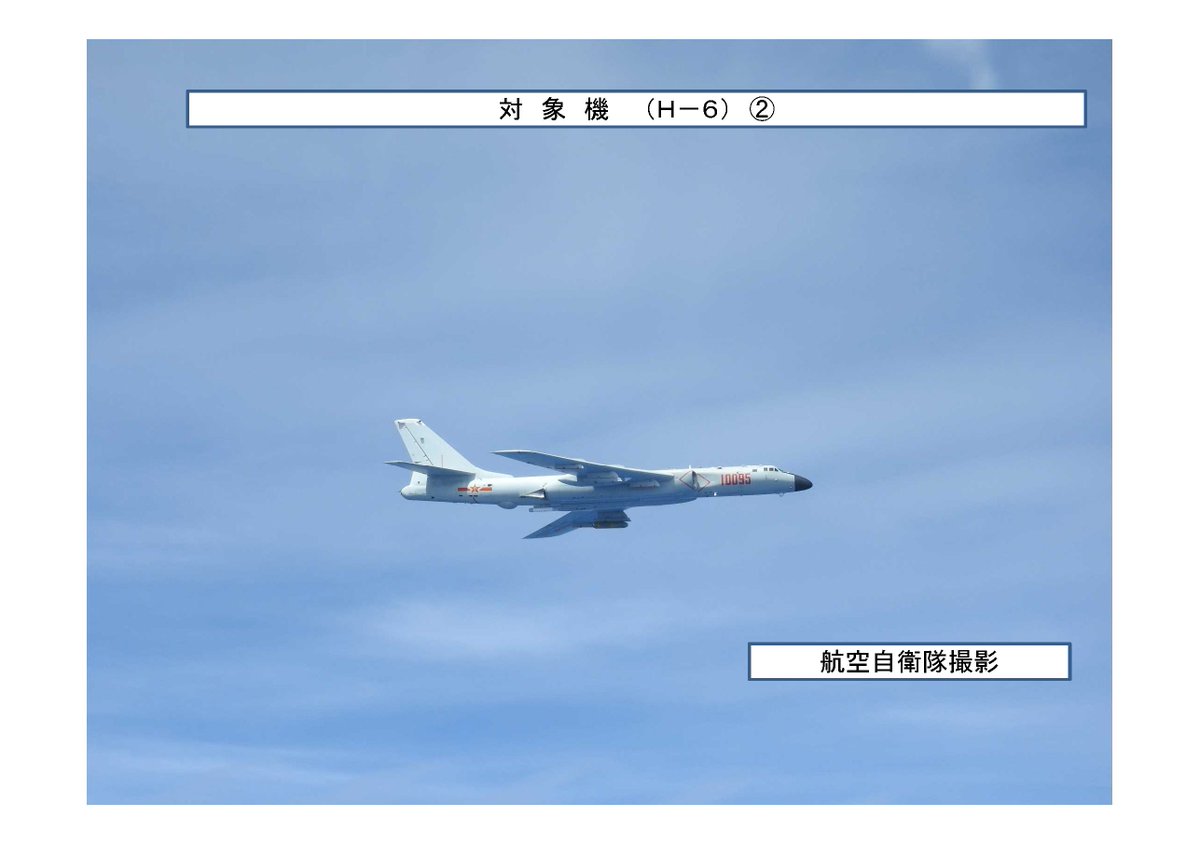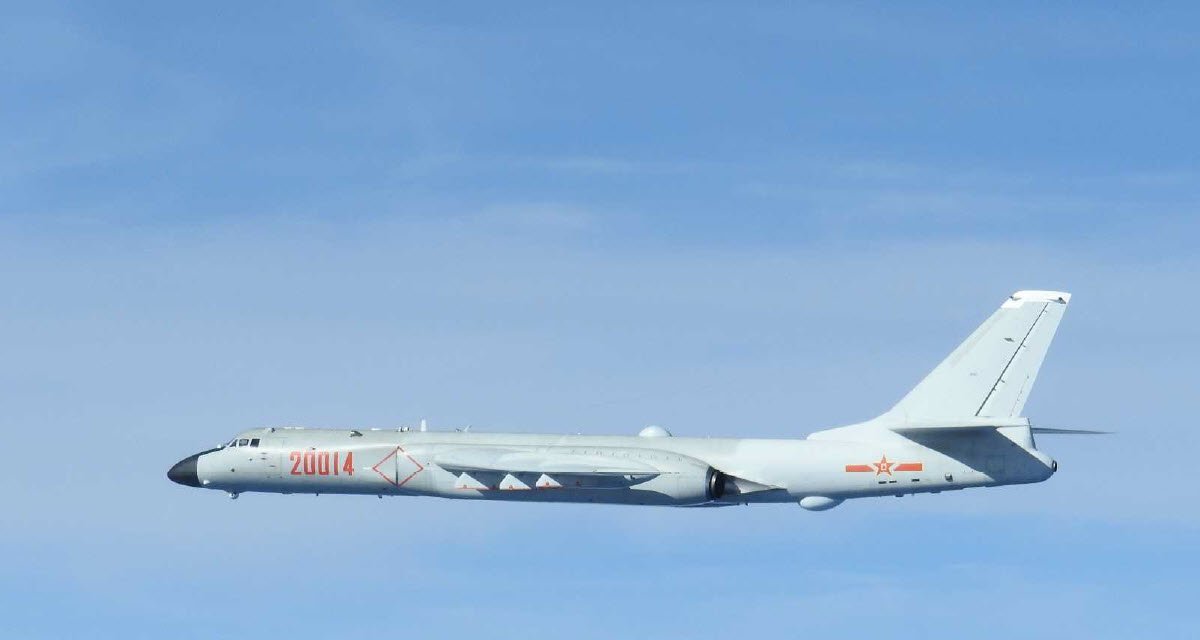China to Taiwan and Japan get used to it !
On 13 July at about 7 am local time, barely five hours ago, Chinese aircraft carrier
Liaoningand its escort ships came out of the Taiwanese Air Defense Identification Zone (ADIZ), the island of 23 million inhabitants are once again under tension, and for good reason, several Chinese
H-6K bombers of last generation have once again made a complete tour of Taiwan.
The output of the Chinese Air Force aircraft is reported by both the Japanese Ministry of Defense and its Taiwanese counterpart, for the simple reason that it is not one but two groups of Chinese bombers who have crossed The first chain of islands simultaneously, and in two distinct places.
The first, consisting of at least two H-6K bombers, crossed the Okinawa Strait between Taiwan and Japan in the north. The second, with at least four aircraft of the same model, takes off from southern China and then enters the Pacific Ocean, passing through the Bashi Strait between Taiwan and the Philippines, before passing through the Okinawa Strait To regain its base.
The latter group of Chinese bombers traveled nearly 4,000 km in flight and carried out a complete tour of Taiwan, a maneuver that generally provoked very strong reactions on the island.
The Taiwanese ADIZ, the two straits crossed by the H-6K bombers and the trajectory of the aircraft carrier Liaoning.
According to
, all Chinese H-6Ks flew outside its ADIZ. The text evokes a long-distance sea training campaign initiated by the Chinese Air Force.
If it is true, it dismisses the fact that it is an immediate reaction of the Chinese army against the
, armed each with two Harpoon anti-ship
missilesand designation pod, The Chinese carrier group around the aircraft carrier
Liaoning wascrossing the Straits of Formosa earlier in the day.
The Japanese army has dispatched several fighter planes to "accompany" the Chinese bombers.
suggests that the four H-6Ks that have taken off from southern China are from the Hengyang 8th Bomber Division (registered 1xx9x), while the other two that crossed the Okinawa Strait First come from another unit, the 10th Bomber Division (registered 2xx1x) based in Anqing, near the city of Nanjing.
The trajectory of the two Chinese air groups forms a sort of two semicircles, like the two arms to "embrace" the island of Taiwan.
The trajectory of the two groups of Chinese bombers, in the report of the Japanese Ministry of Defense.
The H-6K is a regional bomber capable of carrying up to six
KD-20 cruise missiles with a range of approximately 1,500 kilometers. The relatively long range of this missile means that the bombers do not have to go so far to hit the targets on Taiwanese soil.
Training of Chinese aircraft outside the first chain of islands would, therefore, target other far more remote locations.
Questioned by journalists,
, and the maneuvers are legitimate.
"The Chinese army will continue to organize this type of training according to its needs," adds Colonel REN Guoqiang, "the parties concerned do not have to over-interpret, it's better when we get used to it ..." "
Note that on the H-6K registered 10095 one can see a pod appear under the left wing, the use of which is not known today.
Two of the six Chinese H-6K bombers photographed by Japanese hunters.
Henri K.





